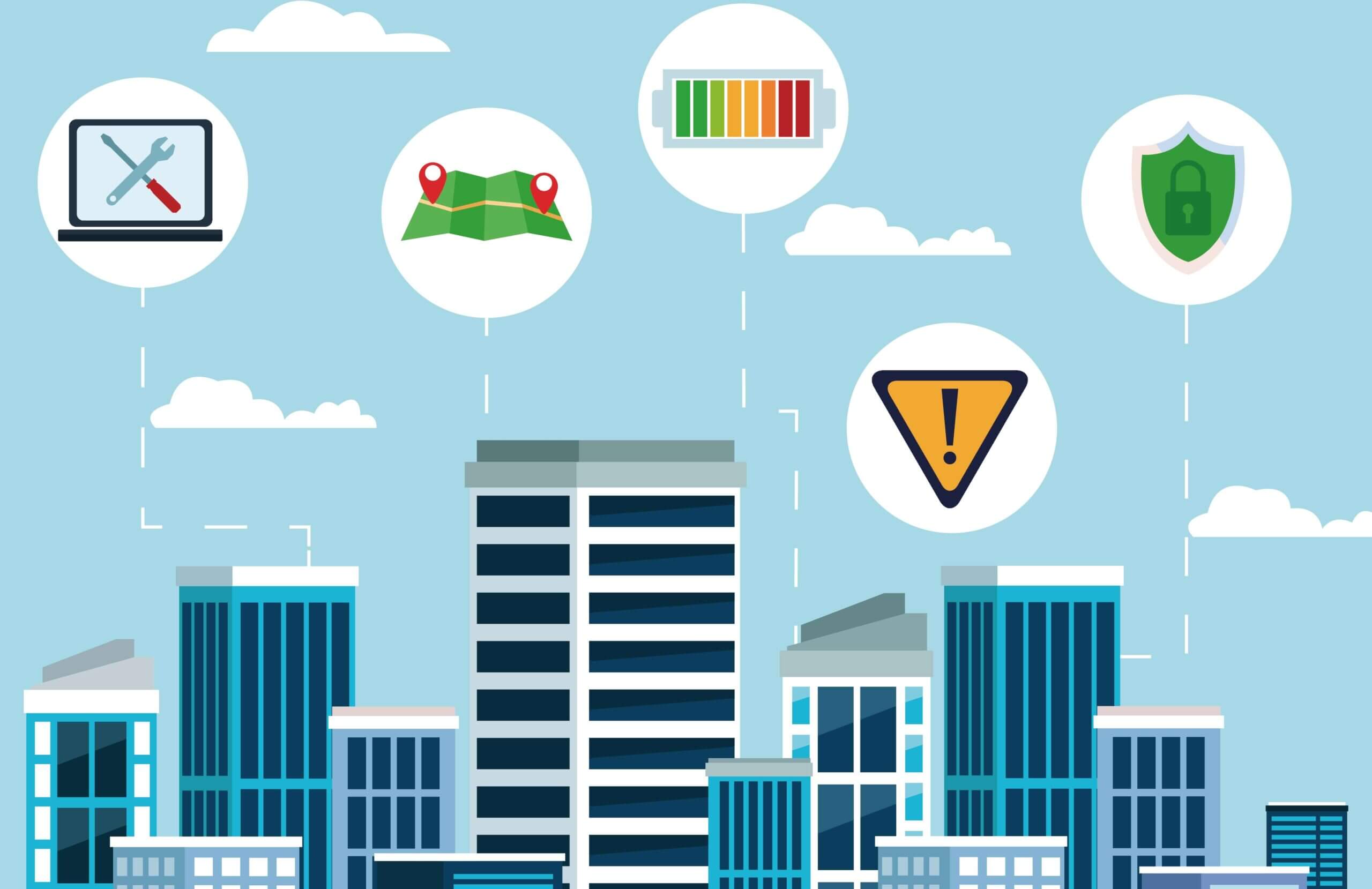
Combatting the Ransomware Epidemic: Strategies for Prevention and Response
Ransomware has earned its reputation as a primary concern for CISOs and organizations globally, rightfully so. The perils of ransomware are evident and continually emphasized. These attacks are persistent, coordinated, and backed by formidable ransomware gangs and sophisticated ransomware-as-a-service programs.
Unfortunately for organizations, there’s no silver bullet solution or technology to completely thwart a ransomware attack. The most effective approach to enhance ransomware readiness for businesses of all sizes involves implementing a comprehensive security program that prioritizes prevention, detection, and response.
Prevention strategies
Prevention-Based Endpoint and Network Platforms: Traditional methods of protecting against malicious software have become less effective over time. To combat this, organizations must invest in advanced technology that can identify and block malicious binaries from entering the network or executing on individual devices. These technologies act as a proactive defense mechanism, preventing ransomware from gaining a foothold in the system in the first place.
Data Governance: Data governance refers to the set of processes, policies, and controls that ensure data integrity, security, and compliance throughout its lifecycle. This includes defining how data is captured, stored, accessed, and eventually disposed of. By implementing robust data governance practices, organizations can better protect their sensitive information from ransomware attacks. This involves not only technical measures but also proper planning, monitoring, and oversight to ensure that data is handled securely at all times.
Network Segmentation: Network segmentation involves dividing a computer network into smaller, isolated subnetworks, or segments, to improve security. By segregating different parts of the network, organizations can contain the spread of ransomware in the event of a breach. This limits the attackers’ ability to move laterally within the network and minimizes the damage caused by an attack.
Firewalls: Firewalls are a fundamental security measure that controls incoming and outgoing network traffic based on predetermined security rules. They act as a barrier between a trusted internal network and untrusted external networks, such as the internet. By carefully configuring firewalls and regularly updating their rule sets, organizations can block unauthorized access attempts and prevent ransomware from infiltrating their network.
Vulnerability Management: Vulnerability management involves identifying, prioritizing, and remediating security vulnerabilities in an organization’s systems and software. Regular vulnerability scans and patch management are essential components of an effective prevention strategy against ransomware attacks. By promptly addressing known vulnerabilities, organizations can reduce the likelihood of exploitation by cybercriminals.
Identity and Access Management (IAM): IAM refers to the processes and technologies used to manage digital identities and control access to resources within an organization. By implementing strong authentication mechanisms, enforcing least privilege access controls, and regularly reviewing user access rights, organizations can prevent unauthorized users from accessing sensitive data and systems. This helps mitigate the risk of ransomware attacks initiated through compromised credentials or unauthorized access.
Detection
Threat detection is a crucial aspect of cybersecurity, focusing on identifying and analyzing potential threats that could target various components of a business’s digital infrastructure, including systems, networks, and devices. The primary goal is to detect and mitigate these threats swiftly and effectively before they can cause significant harm.
Detection technologies and methodologies are designed to operate with speed and efficiency, aiming to identify threats before they can breach the system and cause damage. These methods encompass a range of tools and approaches, each serving specific purposes in the detection process.
Endpoint Detection & Security: This approach involves monitoring and securing individual endpoints such as computers, servers, and mobile devices. It provides continuous monitoring for alerts, validation of potential threats, automation of response actions, containment of threats, escalation of critical issues, and comprehensive reporting through intuitive dashboards. By focusing on endpoints, organizations can effectively safeguard their devices against various forms of cyber threats.
Threat Hunting: Threat hunting is a proactive strategy that involves actively searching through networks, systems, devices, and endpoints to identify any unusual or suspicious activities that may indicate the presence of a threat. This process utilizes a combination of manual investigation techniques and software-assisted tools to uncover potential threats that may have evaded detection by traditional cybersecurity measures. By continuously hunting for threats, organizations can stay ahead of evolving cyber threats and prevent potential breaches.
Security Information & Event Management (SIEM): SIEM solutions integrate information management and event monitoring capabilities to provide real-time alerts and indicators of compromise. These systems aggregate and correlate data from various sources across the organization’s network to detect potential security incidents and breaches. By centralizing and analyzing security-related data, SIEM enables organizations to identify and respond to threats more effectively, enhancing overall cybersecurity posture.
Machine Learning (ML) & Artificial Intelligence (AI): ML and AI technologies are increasingly playing a crucial role in cybersecurity by providing automated solutions for various tasks, including threat intelligence, data monitoring, big data analysis, detection of anomalous behavior and fraud, incident response, and digital forensics. These technologies augment human analysis by automating repetitive tasks, identifying patterns and anomalies in large datasets, and enabling rapid response to emerging threats. ML and AI empower organizations to scale their cybersecurity efforts and respond to threats more effectively in today’s rapidly evolving threat landscape.
Response
A comprehensive ransomware readiness approach also includes response and remediation strategies, which address security incidents as they are underway to help significantly minimize an attack’s operational and cost impact and gather critical attack information. There are several different response strategies that organizations can implement in the event it’s necessary, including:
Incident Response: These solutions include threat containment and eradication processes and data recovery solutions, including restoring offline backups when data is lost or encrypted.
Attack Planning & Tabletop Exercises: These exercises facilitate a hypothetical discussion of an attack scenario using the organization’s current policies, strategies, plans, and technologies.
Remediation: These solutions isolate impacted devices and systems, remediate unauthorized changes, and mitigate the tactics, techniques, and procedures used by the threat actors.
Responding to threats early can make a ransomware attack a far less painful experience for organizations. And although response strategies might not seem like the most important part of a cybersecurity posture from the get-go, having a response strategy in place is imperative for business continuity and ransomware attack survival.
This list of things an organization needs to be in tip-top security shape can be daunting. By utilizing Managed Detection and Response (MDR), organizations can streamline the implementation of these three key components to make the most comprehensive security program. With MDR, organizations can gain greater visibility and active detection and response, correlate and detect attacks across millions of transactions along with active threat hunting to identify sophisticated attacks, augment the in-house team with security experts, and more.
As ransomware attacks continue to increase and evolve in sophistication, having a tight cybersecurity posture is more critical than ever. By prioritizing and focusing on breaking down prevention, detection, and response strategies, organizations will have a better chance against the ransomware epidemic.











